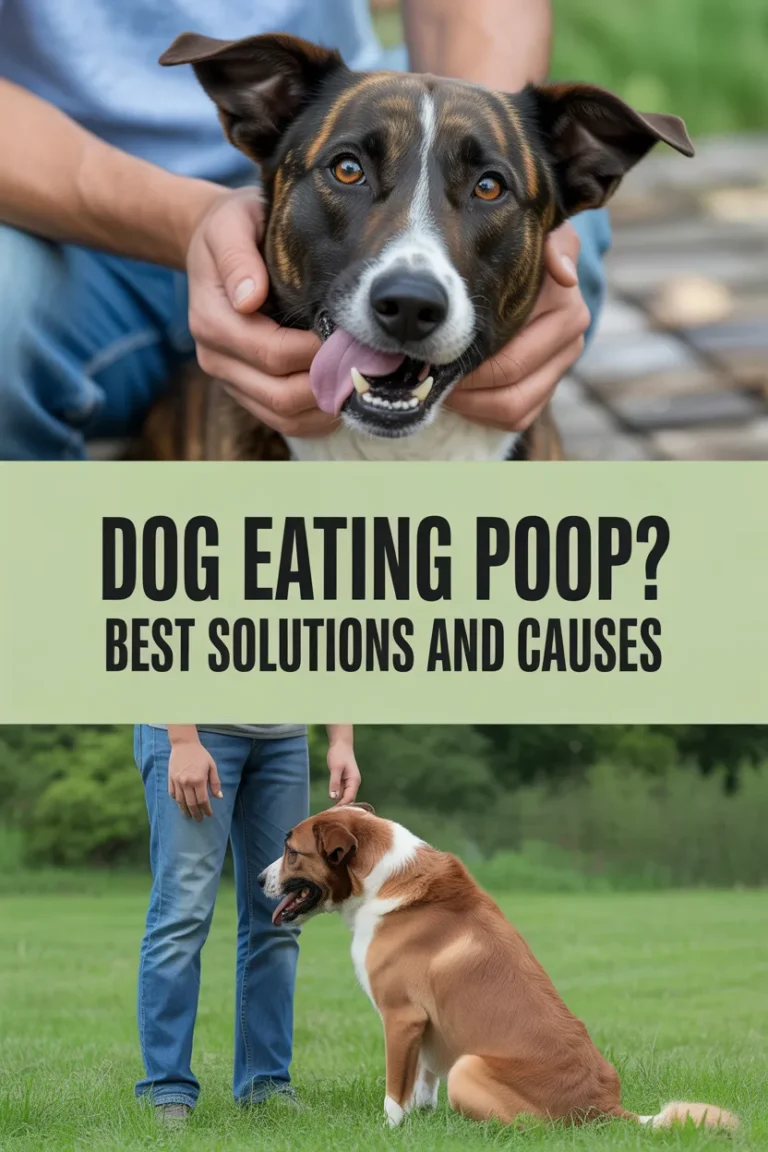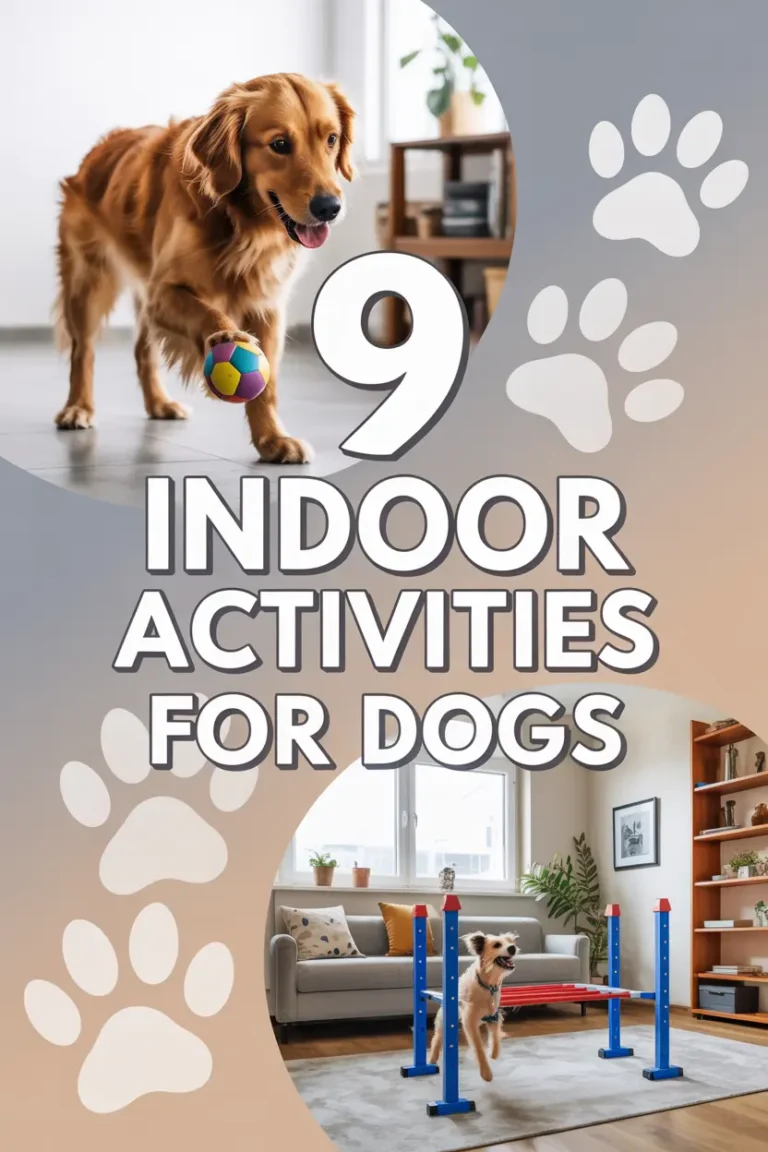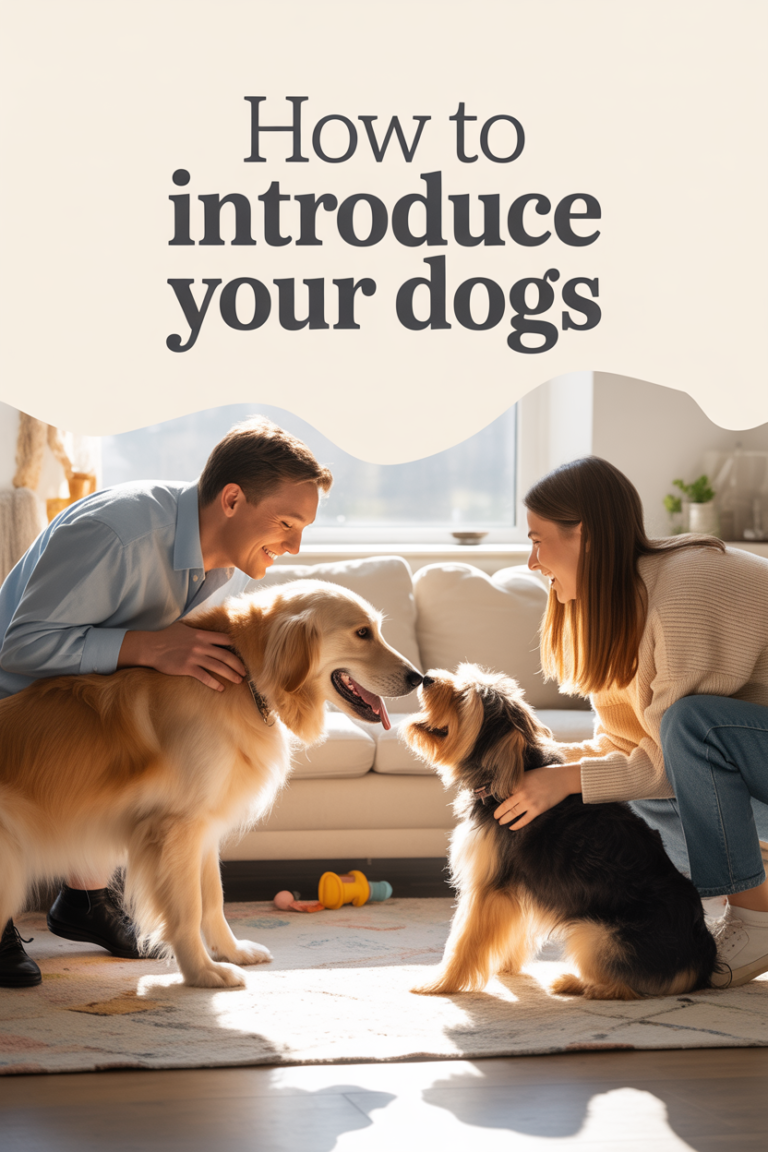Dog Pooping in House: Why It Happens and How to Fix It
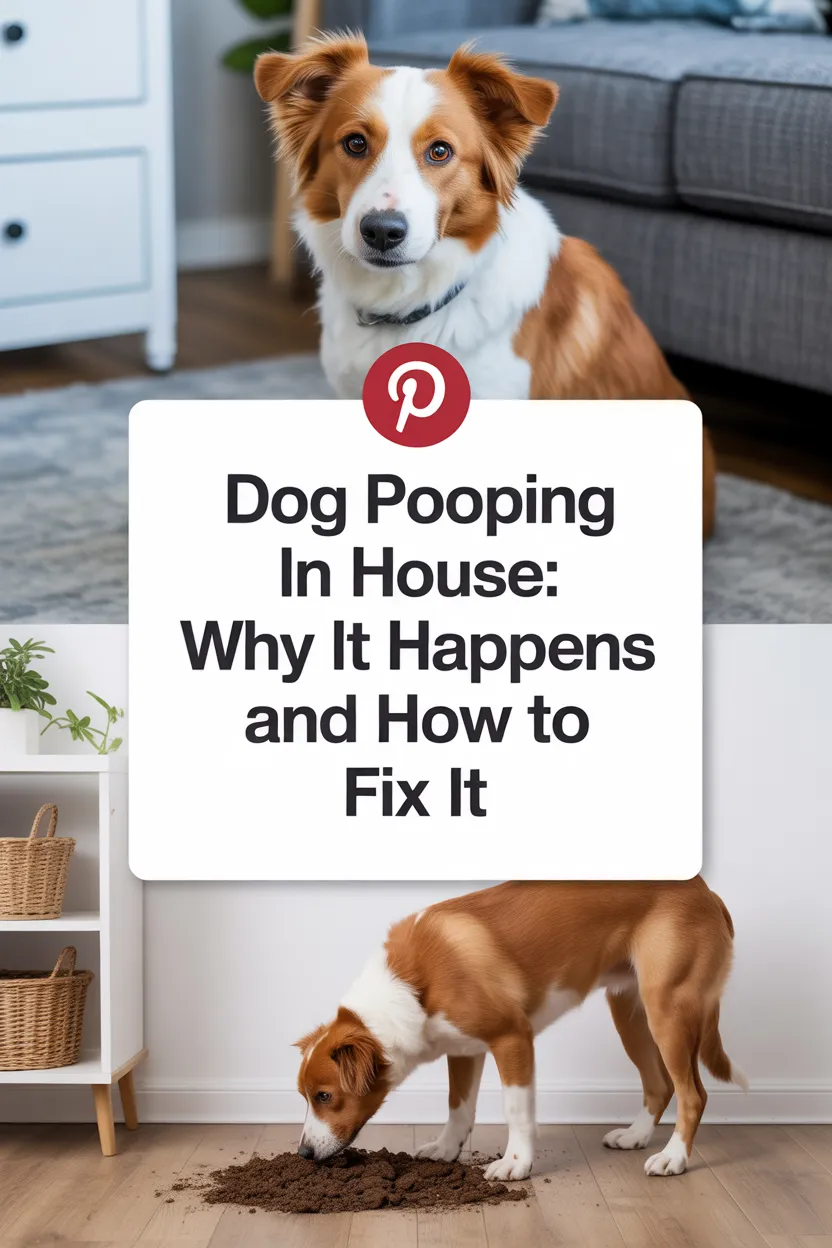
Few things frustrate dog parents more than finding a mess on the living room floor. If you’re dealing with a dog pooping in house, don’t worry — you’re not alone, and your pup isn’t being “bad.” It’s usually a sign of confusion, stress, or a gap in training.
I’ve worked with many pups who struggled with indoor accidents, and with patience, consistency, and love, every single one of them learned. You can get there too — here’s how.
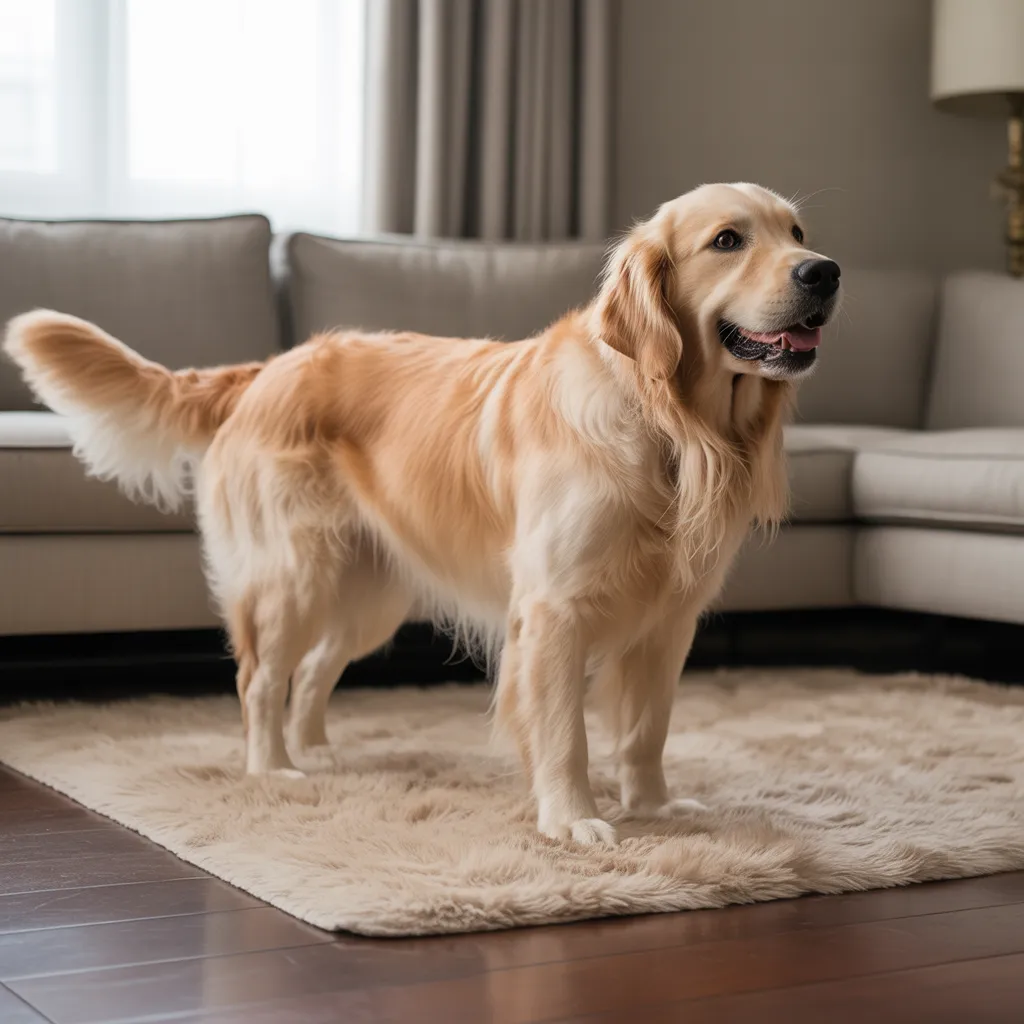
1. Why Dogs Poop in the House
Understanding why your dog pooping in house is happening is the first step toward fixing it. Common reasons include:
- Incomplete House Training: Puppies or newly adopted dogs may not fully understand where to go.
- Medical Issues: Digestive problems, parasites, or incontinence can cause accidents.
- Anxiety or Stress: Separation anxiety or changes in the home may trigger indoor accidents.
- Schedule Problems: If walks or potty breaks aren’t frequent enough, dogs may not be able to hold it.
- Marking Territory: Some dogs use poop (not just urine) to mark spaces.
2. Rule Out Medical Problems First
Before assuming it’s behavioral, always check with your vet. Sometimes, a dog pooping in house may signal health issues like:
- Intestinal parasites
- Food allergies
- Digestive upset
- Bladder or bowel control problems
A quick vet visit gives peace of mind and ensures your pup gets the right care.
3. Establish a Consistent Potty Schedule
Dogs thrive on routine. To stop your dog pooping in house:
- Take your dog out at the same times each day (morning, after meals, before bed).
- Praise and reward immediately after they go outside.
- Never wait too long between breaks, especially with puppies or older dogs.
Consistency is one of the fastest ways to solve potty problems.
4. Supervise and Limit Freedom
If your pup has too much freedom indoors, accidents are more likely. Try:
- Crate training (dogs won’t usually soil their sleeping area).
- Using baby gates to block access to certain rooms.
- Keeping your dog near you so you can watch for signs they need to go.
These steps reduce opportunities for accidents.
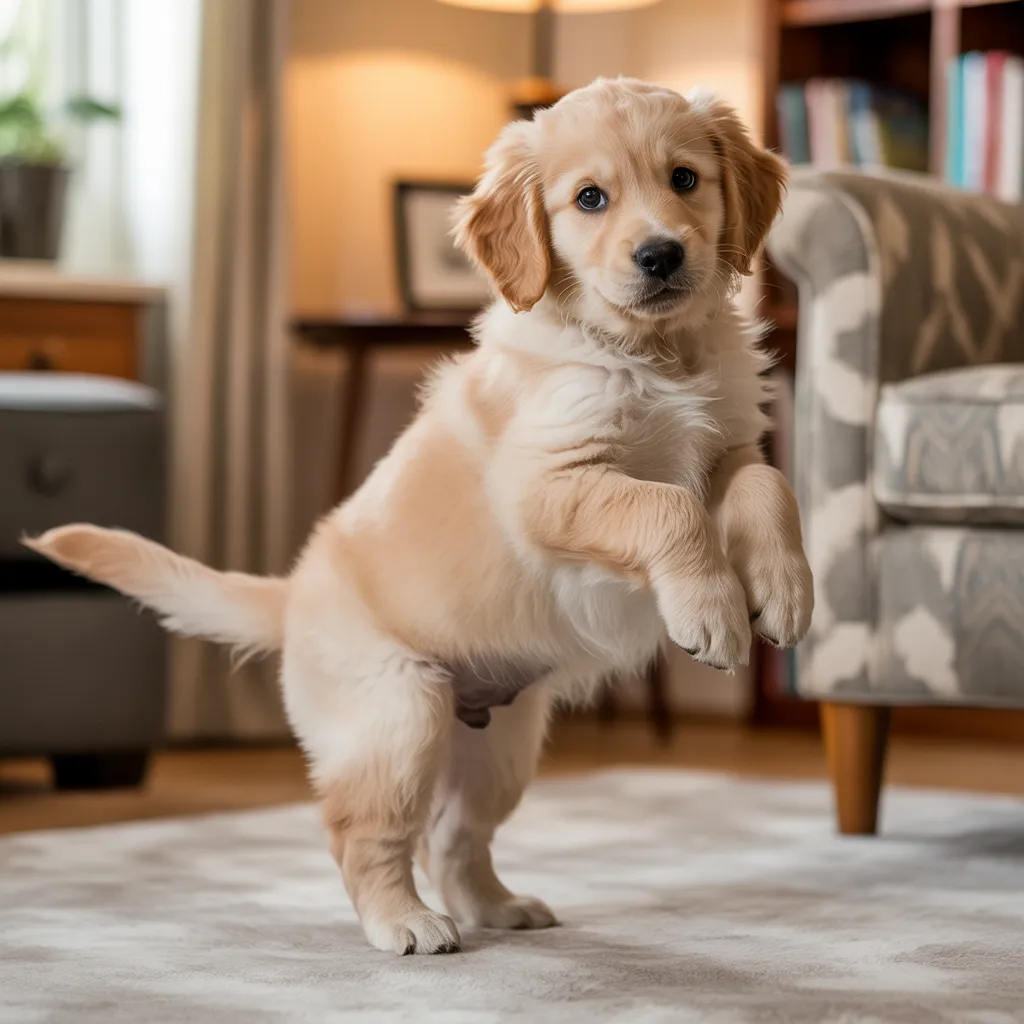
5. Clean Up Accidents Properly
Dogs are guided by scent. If they smell past accidents, they’re more likely to repeat the behavior.
- Use an enzyme-based cleaner to remove odors.
- Avoid ammonia-based cleaners — they smell like urine to dogs.
Proper cleanup helps break the cycle of dog pooping in house.
6. Use Positive Reinforcement
Never punish your dog for accidents. It creates fear and confusion. Instead:
- Reward immediately when they go outside.
- Use treats, praise, or play to make outdoor potty breaks exciting.
- Stay calm and patient indoors.
Love and positivity build trust — and trust leads to better behavior.
7. Address Anxiety and Stress
Sometimes a dog pooping in house is really about emotions. Signs of stress include pacing, whining, or destructive behavior.
- Provide exercise to burn off nervous energy.
- Use calming tools like a Thundershirt or soothing music.
- Build confidence with training and gentle exposure to triggers.
A calmer dog is a cleaner dog.
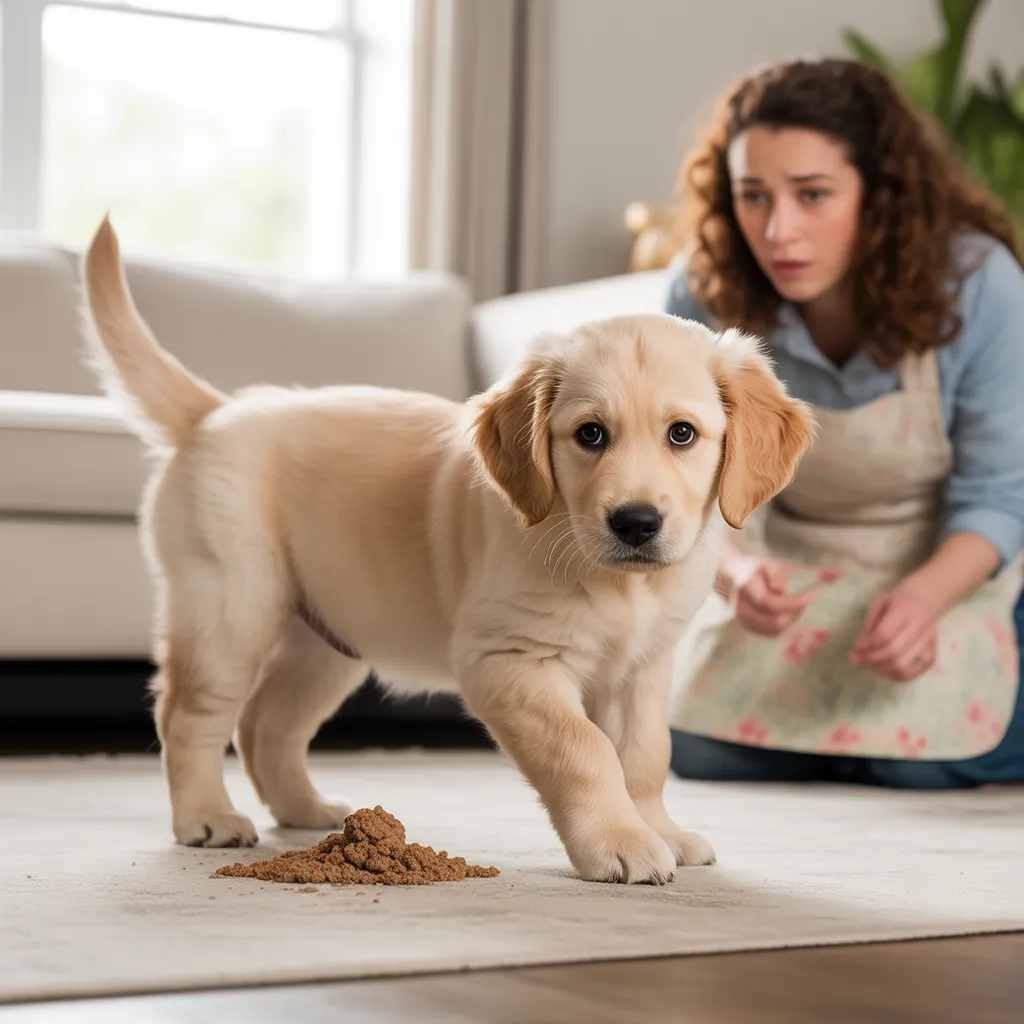
Final Thoughts
Dealing with a dog pooping in house can feel overwhelming, but remember — it’s not a sign of disobedience. With patience, training, and love, your pup can learn the right habits.
Every success, no matter how small, brings you closer to a clean home and a confident, happy dog. And when that moment comes — when they finally get it right — the pride you’ll feel will make all the hard work worth it. 🐶❤️


